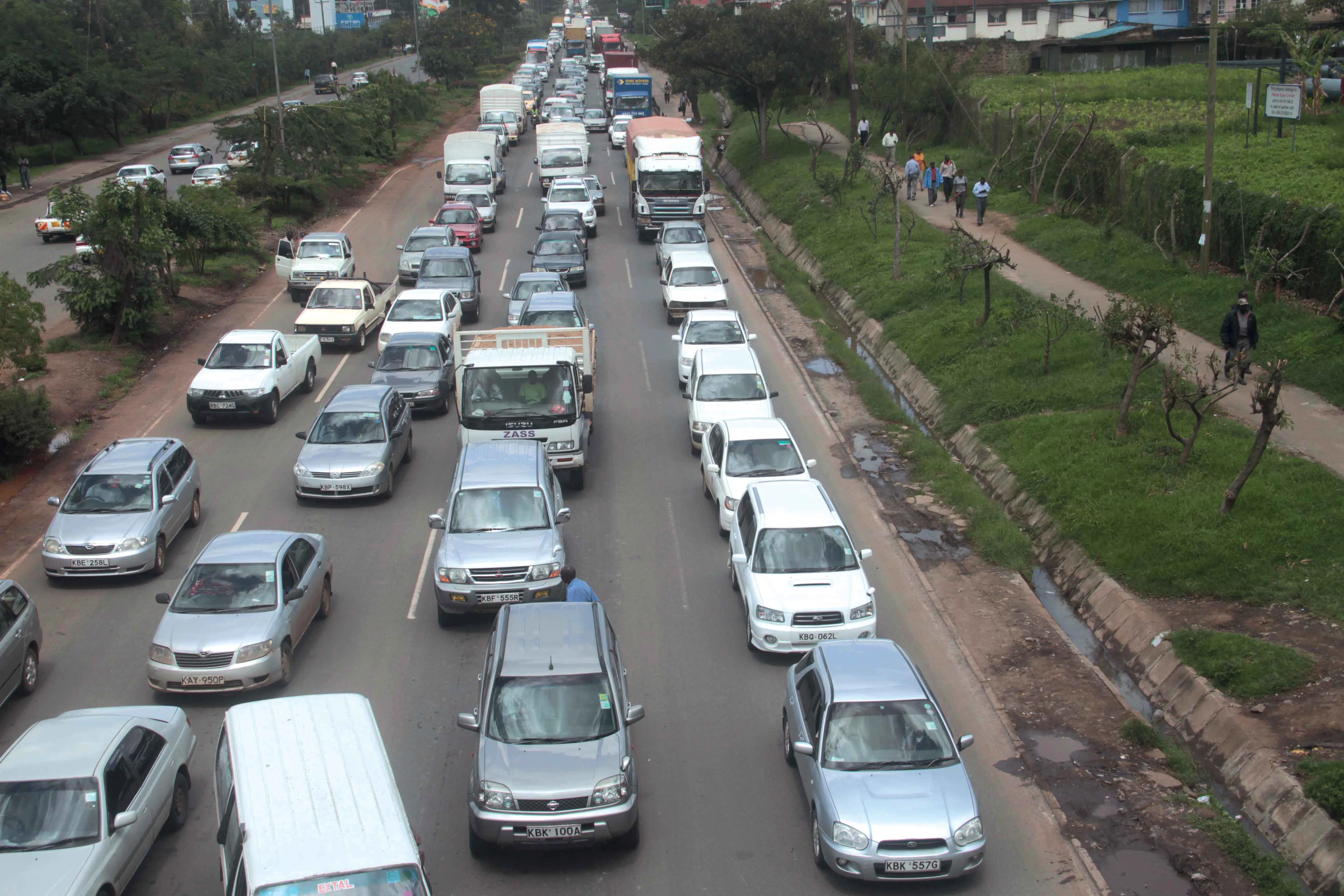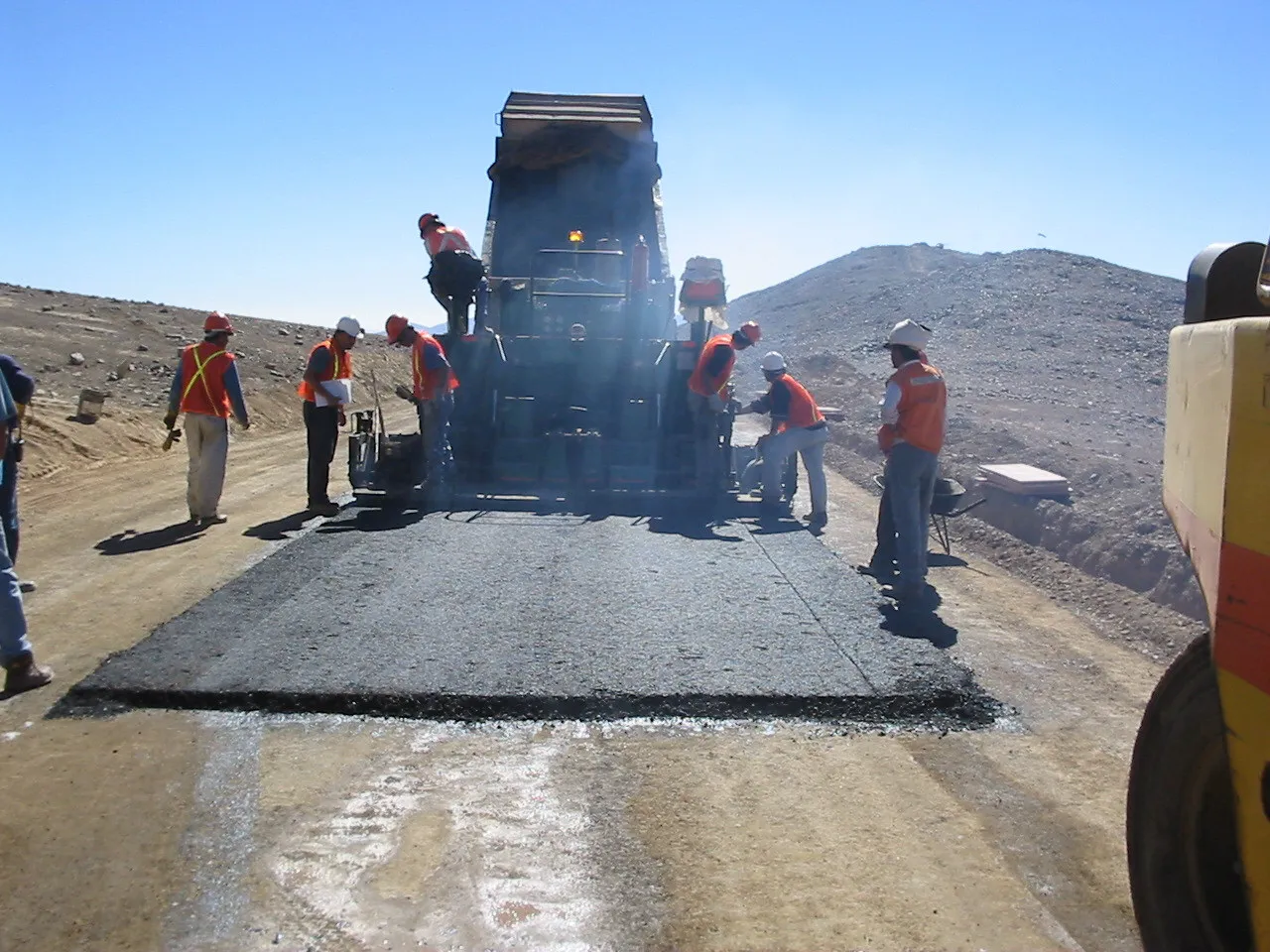Nairobi is looking to tackle its congestion problems - Shem Oirere writes. Authorities in Kenya’s capital Nairobi have revived plans to convert some of the streets in the city into one way roads to deal with chronic traffic congestion that consumes fuel worth millions of shillings and wastes several manhours in traffic jams. Nairobi County governor Dr Evans Kidero said the plan, which is to take effect by the end of December 2015, will affect Moi Avenue, Koinange Street, Tom Mboya Street, River Road and Kir
March 18, 2016
Read time: 5 mins

Nairobi is looking to tackle its congestion problems - Shem Oirere writes
Authorities in Kenya’s capital Nairobi have revived plans to convert some of the streets in the city into one way roads to deal with chronic traffic congestion that consumes fuel worth millions of shillings and wastes several manhours in traffic jams.
Nairobi County governor Dr Evans Kidero said the plan, which is to take effect by the end of December 2015, will affect Moi Avenue, Koinange Street, Tom Mboya Street, River Road and Kirinyaga Road.
“We just don’t want to limit traffic decongestion to the removal of roundabouts. We want to include the conversion of streets to one-way system to facilitate free flow of traffic in Nairobi,” said Kidero.
However, the plan to convert these streets into one way roads was mooted more than seven years ago supported by the then Nairobi ministries of Nairobi Metropolitan and Local Government, but is yet to be implemented for lack of political goodwill and fierce opposition from the powerful public transport groups of Matatu Owners Association and Matatu Welfare Association of Kenya that benefit from operating within Nairobi’s Central Business District.
Former Local Government minister Uhuru Kenyatta, now Kenya’s President, had in 2008 promised to implement the project but no moves were made to bring it online. He had also promised to set aside pedestrian only streets within Nairobi and identified Lusaka Road and the road behind the Stanley Hotel as the initial ones under this scheme, which unfortunately was also never implemented.
Related plans were unveiled by former Nairobi Metropolitan minister Njeru Githae, now Kenya’s ambassador to Washington, who called for the removal of roundabouts in the city to ease traffic congestion especially during rush hours.
Instead of the roundabouts, Githae proposed the construction of more flyovers, underpasses and interchanges as a solution to the morning and evening traffic chaos in the city that has an estimated population of 3.5 million to 4 million people.
An initial proposal was floated to construct an interchange at Athi River to unclog persistent traffic on the highway stretch between Athi River and Nyayo Stadium. The plan included the knocking out of the Nyayo Stadium roundabout to create space for a flyover or an interchange.
Although this specific project is yet to be implemented, the Nairobi County government has closed two of Nairobi city’s biggest roundabouts at Westlands and Nation House on Tom Mboya Street with Kidero saying the, “…the results have been tremendous.”
“Preliminary results show that the removal of roundabouts has increased traffic flow by 30% but we will not limit it to roundabouts but all streets in the city,” he said.
“Where we have closed a roundabout, traffic flow is much better and Nairobi has become more secure, allowing a 24-hour economy,” he said.
However, other experts think the removal of roundabouts and turning some of the streets into one way roads is not a lasting solution to Nairobi city’s historical traffic jams.
“Turning some of the roads in Nairobi into one way streets is not a solution to the city’s traffic congestion,” said Prof Walter Oyawa of Jomo Kenyatta University of Agriculture and Technology in Nairobi.
“We are still dealing with same number of vehicles or more and the roads are not being expanded to accommodate existing and anticipated vehicular traffic,” he said.
“Knocking off roundabouts and converting some streets into one way roads is merely shifting the vehicles to other routes hence creating the traffic congestion elsewhere in the city and so you end up having to deal with the same problem,” added Prof Oyawa.
More proposed alternatives to the existing traffic system in Nairobi city are gathering dust in government shelves as successive regimes display lack of muscle to implement them because many perceive them to be politically unpopular. For example, the former ministry of Local Government had proposed to the defunct City Council of Nairobi to increase substantially the parking charges within the CBD to discourage private motorists from using their vehicles or accessing the streets of the city to reduce vehicular traffic.
To accommodate the transport needs of private motorists, the City Council was to construct modern parking bays in the outskirts of Nairobi city next to a new bus rapid transit (BRT) system. The proposal was strongly opposed in the country’s parliament although there was not vote taken on the way forward.
For a short period in 2008, the ministry and transport industry stakeholders agreed to the establishment of Nairobi CBD Shuttle Service to operate from city’s largest termini Muthurwa through Haile Selassie Avenue in the city centre to Globe Cinema roundabout and back to Muthurwa. The stakeholders picked ‘Double M’ bus operator to operate the shuttle for at least two weeks as the ministry of Local Government tendered for the service and more routes identified where it was to operate. The arrangement collapsed by the end of the two weeks after a group of Members of Parliament claimed it was meant to benefit some politicians and businesses supportive of the government of President Mwai Kibaki. A proposed Nairobi City Traffic Management Committee with mandate to monitor the shuttle service as well as other efforts to decongest the city never came into being.
Another proposal to decongest the Nairobi, which is yet to be fully implemented, is the Nairobi mono-rail from Athi River to Jomo Kenyatta International Airport, through the CBD to Limuru. The second mono-rail link runs from Kayole to Buruburu to Kikuku.
Among the Nairobi city’s decongestion plans that are now under implementation include the construction of the Southern, Eastern and Northern by-passes with financing from Kenya’s development partners led by Japan.
Authorities in Kenya’s capital Nairobi have revived plans to convert some of the streets in the city into one way roads to deal with chronic traffic congestion that consumes fuel worth millions of shillings and wastes several manhours in traffic jams.
Nairobi County governor Dr Evans Kidero said the plan, which is to take effect by the end of December 2015, will affect Moi Avenue, Koinange Street, Tom Mboya Street, River Road and Kirinyaga Road.
“We just don’t want to limit traffic decongestion to the removal of roundabouts. We want to include the conversion of streets to one-way system to facilitate free flow of traffic in Nairobi,” said Kidero.
However, the plan to convert these streets into one way roads was mooted more than seven years ago supported by the then Nairobi ministries of Nairobi Metropolitan and Local Government, but is yet to be implemented for lack of political goodwill and fierce opposition from the powerful public transport groups of Matatu Owners Association and Matatu Welfare Association of Kenya that benefit from operating within Nairobi’s Central Business District.
Former Local Government minister Uhuru Kenyatta, now Kenya’s President, had in 2008 promised to implement the project but no moves were made to bring it online. He had also promised to set aside pedestrian only streets within Nairobi and identified Lusaka Road and the road behind the Stanley Hotel as the initial ones under this scheme, which unfortunately was also never implemented.
Related plans were unveiled by former Nairobi Metropolitan minister Njeru Githae, now Kenya’s ambassador to Washington, who called for the removal of roundabouts in the city to ease traffic congestion especially during rush hours.
Instead of the roundabouts, Githae proposed the construction of more flyovers, underpasses and interchanges as a solution to the morning and evening traffic chaos in the city that has an estimated population of 3.5 million to 4 million people.
An initial proposal was floated to construct an interchange at Athi River to unclog persistent traffic on the highway stretch between Athi River and Nyayo Stadium. The plan included the knocking out of the Nyayo Stadium roundabout to create space for a flyover or an interchange.
Although this specific project is yet to be implemented, the Nairobi County government has closed two of Nairobi city’s biggest roundabouts at Westlands and Nation House on Tom Mboya Street with Kidero saying the, “…the results have been tremendous.”
“Preliminary results show that the removal of roundabouts has increased traffic flow by 30% but we will not limit it to roundabouts but all streets in the city,” he said.
“Where we have closed a roundabout, traffic flow is much better and Nairobi has become more secure, allowing a 24-hour economy,” he said.
However, other experts think the removal of roundabouts and turning some of the streets into one way roads is not a lasting solution to Nairobi city’s historical traffic jams.
“Turning some of the roads in Nairobi into one way streets is not a solution to the city’s traffic congestion,” said Prof Walter Oyawa of Jomo Kenyatta University of Agriculture and Technology in Nairobi.
“We are still dealing with same number of vehicles or more and the roads are not being expanded to accommodate existing and anticipated vehicular traffic,” he said.
“Knocking off roundabouts and converting some streets into one way roads is merely shifting the vehicles to other routes hence creating the traffic congestion elsewhere in the city and so you end up having to deal with the same problem,” added Prof Oyawa.
More proposed alternatives to the existing traffic system in Nairobi city are gathering dust in government shelves as successive regimes display lack of muscle to implement them because many perceive them to be politically unpopular. For example, the former ministry of Local Government had proposed to the defunct City Council of Nairobi to increase substantially the parking charges within the CBD to discourage private motorists from using their vehicles or accessing the streets of the city to reduce vehicular traffic.
To accommodate the transport needs of private motorists, the City Council was to construct modern parking bays in the outskirts of Nairobi city next to a new bus rapid transit (BRT) system. The proposal was strongly opposed in the country’s parliament although there was not vote taken on the way forward.
For a short period in 2008, the ministry and transport industry stakeholders agreed to the establishment of Nairobi CBD Shuttle Service to operate from city’s largest termini Muthurwa through Haile Selassie Avenue in the city centre to Globe Cinema roundabout and back to Muthurwa. The stakeholders picked ‘Double M’ bus operator to operate the shuttle for at least two weeks as the ministry of Local Government tendered for the service and more routes identified where it was to operate. The arrangement collapsed by the end of the two weeks after a group of Members of Parliament claimed it was meant to benefit some politicians and businesses supportive of the government of President Mwai Kibaki. A proposed Nairobi City Traffic Management Committee with mandate to monitor the shuttle service as well as other efforts to decongest the city never came into being.
Another proposal to decongest the Nairobi, which is yet to be fully implemented, is the Nairobi mono-rail from Athi River to Jomo Kenyatta International Airport, through the CBD to Limuru. The second mono-rail link runs from Kayole to Buruburu to Kikuku.
Among the Nairobi city’s decongestion plans that are now under implementation include the construction of the Southern, Eastern and Northern by-passes with financing from Kenya’s development partners led by Japan.







